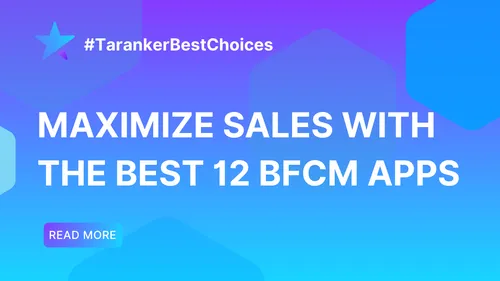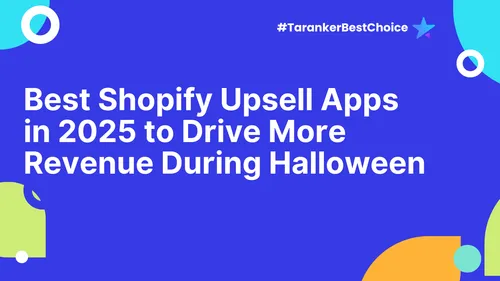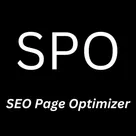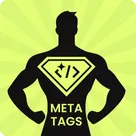When it comes to Shopify SEO, the small details can make a big difference. Among the most important—but often overlooked—elements of SEO are meta descriptions and title tags. These are the snippets that represent your store in search engine results, giving potential customers their first impression of your site.
Title tags are the clickable headlines that summarize your page content, helping search engines and users understand what your page is about. Meta descriptions, on the other hand, provide a brief overview of your content, appearing just below the title tag in search results. While they don’t directly affect your rankings, a well-written meta description can dramatically increase click-through rates, drawing more visitors to your store.
Mastering these elements can give your Shopify store a competitive edge by improving visibility, engaging users, and driving organic traffic. This article explores why meta descriptions and title tags matter and offers actionable tips to optimize them effectively.
1. The Importance of Title Tags for Shopify SEO
Title tags are essential because they tell search engines and users what a page is about. They appear as the clickable headline in search results and are a ranking factor for search engines. The right title tag helps search engines understand the content of your page, and more importantly, influences users to click on your listing over competitors.
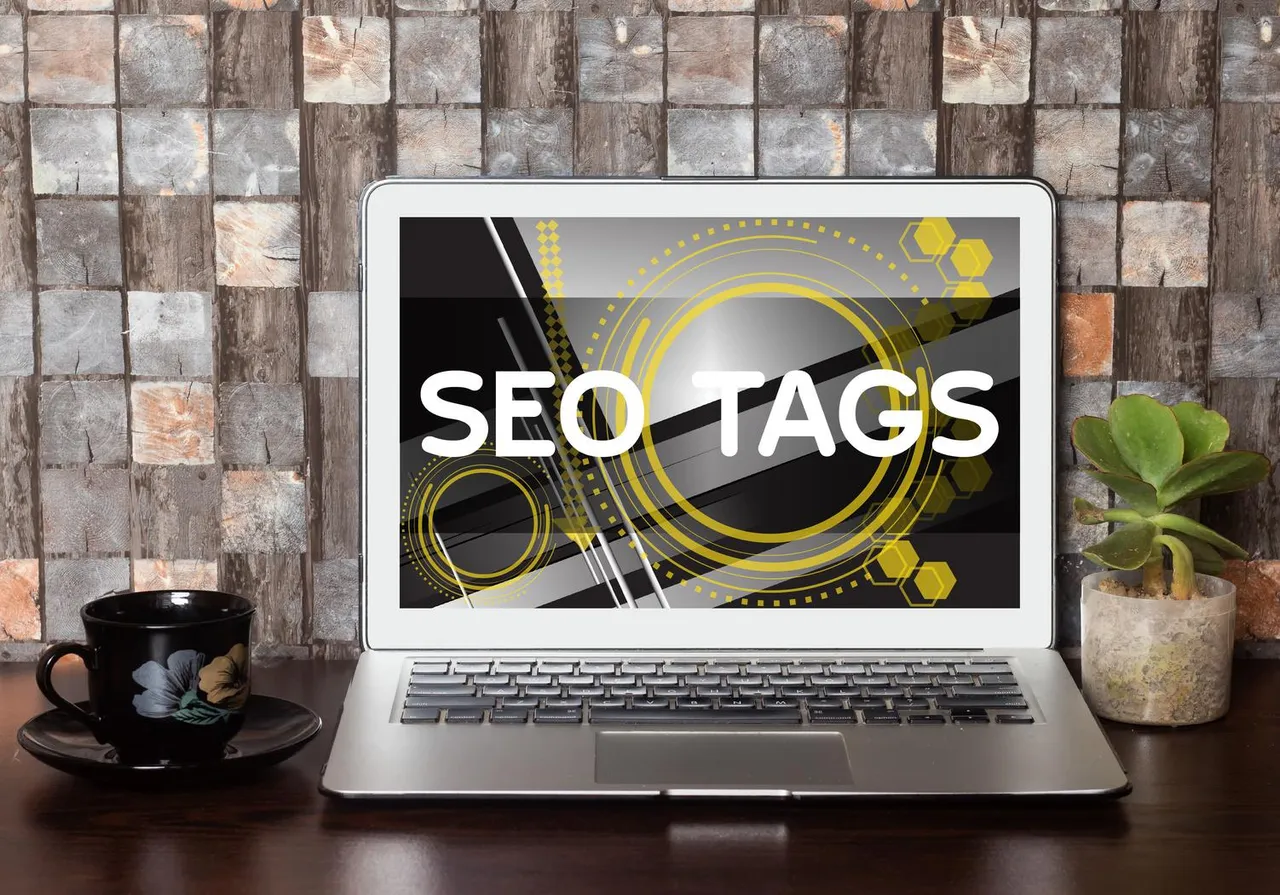
-
Primary Keywords: Always include your target keyword within the title tag, ideally at the beginning. For example, if you sell organic skincare products, a title tag could be "Organic Skincare Products | Best Natural Skin Solutions Online". This ensures relevancy and gives search engines a clear understanding of your page.
-
Length and Clarity: Keep your title tags under 60 characters to ensure they display fully on search engines. Concise and engaging titles lead to better user engagement. If your title tag is too long, search engines will cut it off, potentially affecting CTR.
-
Relevance and Branding: A good title tag should not only focus on keywords but also clearly state what the page offers, while incorporating branding. For example, "Best Organic Skincare Products – YourStore" provides a keyword and brand name for recognition.
By crafting optimized title tags, you’re more likely to rank higher on Google and attract more organic traffic, resulting in higher click-through rates (CTR) and improved rankings over time. For additional strategies on optimizing product titles and descriptions to further boost your Shopify SEO, check out 7 Effective Steps to Optimize Product Listings for SEO on Shopify.
2. The Power of Meta Descriptions in Shopify SEO
Meta descriptions act as a preview of your page's content in search engine results. While they may not directly influence ranking algorithms, they strongly impact CTR by enticing users to click on your link.
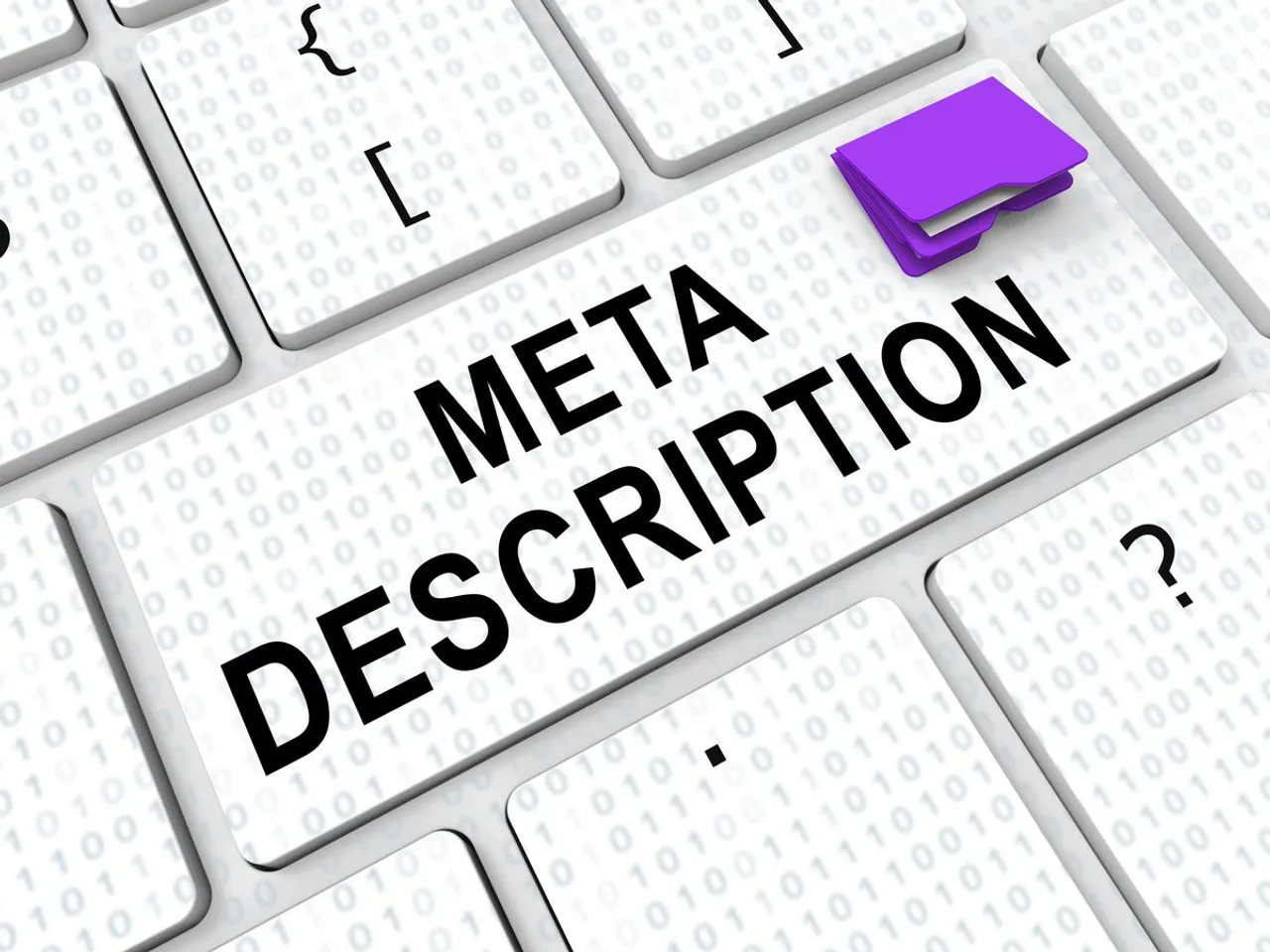
-
Craft Compelling Copy: Your meta description should summarize the content of the page in a way that encourages users to click. Use engaging language that reflects the benefits of your products or services. For example, "Discover our range of organic skincare products made from natural ingredients. Shop now for radiant, healthy skin!" conveys value while encouraging action.
-
Incorporate Keywords: Although meta descriptions don’t directly affect rankings, including relevant keywords will help Google highlight those terms in bold within search results, making your listing stand out more to potential visitors.
-
Stay Within Limits: Keep your meta descriptions under 155 characters to ensure the entire description is visible in search results. If your description is too long, Google will truncate it, possibly losing the most important part of your message.
-
Call to Action (CTA): Including a strong CTA like “Shop Now,” “Learn More,” or “Explore Our Collection” can entice users to click. A good CTA adds urgency and gives potential customers a clear reason to visit your site.
To attract even more clicks and boost sales, consider incorporating discounts or promotions. Learn how to create and optimize discount codes with How to Create Discount Codes and Promotions in Shopify: A Step-by-Step Guide.
3. Improving CTR and User Experience
Optimizing both title tags and meta descriptions can greatly impact your click-through rate (CTR). When your title and description match user intent, people are more likely to click your link over others. Higher CTRs send positive signals to Google, indicating that your content is valuable and relevant, which can, in turn, boost your rankings.

Additionally, improved CTR increases traffic to your Shopify store, allowing you to convert visitors into customers. If users find your title or meta description misleading, they may quickly leave the site, increasing your bounce rate—a negative indicator for search engines.
4. How to Optimize Meta Descriptions and Title Tags for Shopify

-
Keyword Research: Use tools like Google Keyword Planner, Ahrefs, or SEMrush to find the right keywords that align with your audience’s search behavior. Identify the primary and secondary keywords that best match your products.
-
Focus on User Intent: Write titles and descriptions that match what users are looking for. If a customer is searching for "natural face cream for dry skin," your title and meta description should reflect that need.
-
Test and Iterate: Over time, A/B test your title tags and meta descriptions. Monitor your CTRs in Google Search Console and experiment with different keywords or phrasing to see which version drives the most clicks.
5. The Role of Meta Descriptions and Title Tags in Mobile SEO

With mobile-first indexing being a priority for Google, ensure your meta descriptions and title tags are mobile-friendly. Mobile users often have different browsing behaviors, such as searching with voice commands or using more conversational keywords. Your title tags and meta descriptions need to be concise and attention-grabbing on smaller screens.
Additionally, since mobile users are typically looking for quick answers or easy navigation, a well-structured title tag and meta description can help them make faster decisions, boosting mobile conversions.
Conclusion: Title Tags and Meta Descriptions – Small but Mighty for SEO
While title tags and meta descriptions may seem like minor elements in the grand scheme of SEO, their impact on click-through rates, user engagement, and search rankings cannot be overstated. By crafting keyword-optimized, engaging, and clear title tags and meta descriptions, you increase your chances of attracting potential customers to your Shopify store and improving your overall SEO performance.
So, take the time to optimize these elements, and you’ll see the long-term benefits in both search visibility and sales!

